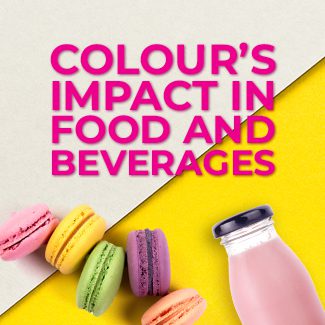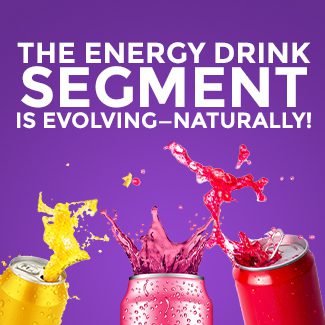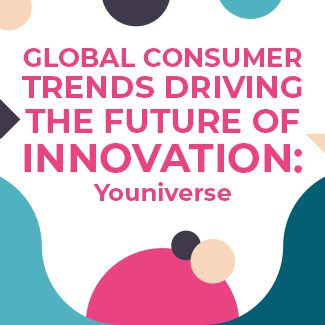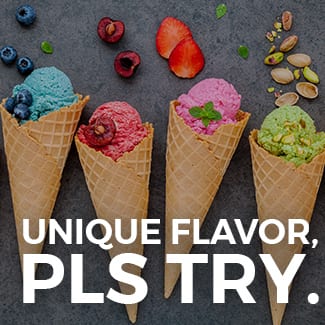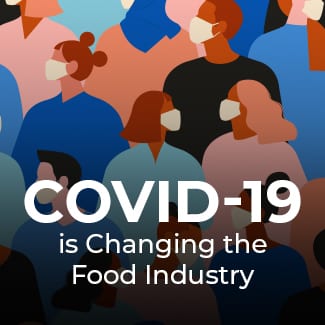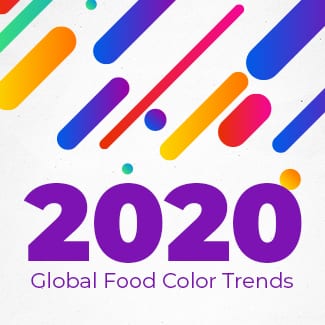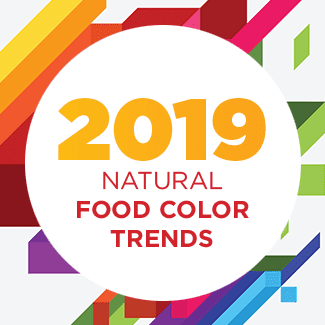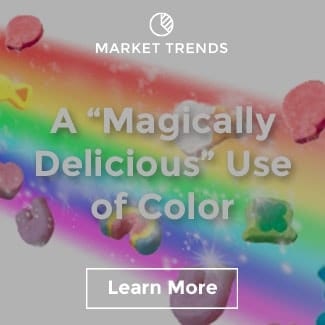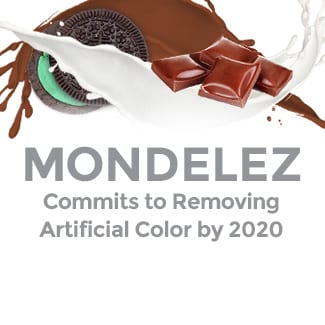The Importance of “Color” to Food
As the first visual impact of food, color often fundamentally determines the basic attractiveness of the product. More and more consumers are looking for bright, colorful, and interesting foods, hoping that they can become the focus of sharing on social media. At the same time, as natural ingredients become increasingly prominent in food, consumers are also paying attention to the subtle ingredients in food and their effects on the body.
For a long time, people have believed that certain colors can evoke different emotions and feelings, and some studies also support the view that colors can have psychological effects. This phenomenon is also related to the “psychology of association and combination” in “color psychology”. Scientific research shows that people are accustomed to specific combinations of taste and color in food. For example, we naturally think that “red” soda may be strawberry flavored, but the truth is that it is chili flavoring or even “white water with added red pigment.”
Charles Spence, an experimental psychologist in the field of food research at the University of Oxford, once said: “Visuals have priority. They will presuppose the taste and mouthfeel of the food we want to taste. Visual expectations have a great influence on how we taste food.” This also explains why people put “color” in the first place when evaluating a dish.

Dick‘s Pro Tips
Does the color of food affect sales?

Have you noticed the difference between the left and right sides of the picture above?
Yes, the grains on the left and right are different in color.
The left side of the picture above is a multinational cereal brand produced with synthetic colors, and the right picture is a renovated cereal using natural ingredients. Compared with the original formula, the brand chose to eliminate blue and green and use a less vibrant red.
The iconic 6 colors and cartoon mascot can be said to be part of many Americans’ childhood memories. However, in pursuit of the health trend of natural foods, in 2015, this large multinational brand promised to remove artificial coloring from its cereal products, including children’s cereal. The brand replaced the artificial colorings in the product with natural colorings, as shown in the above picture.
After the product was launched, consumer feedback was negative. Some said, “It’s different. You can’t ruin my childhood favorite cereals, and return the original soon.” “The new color… is really bad. It’s so ugly that I don’t want to eat it at all.”
There were endless complaints from consumers, and these messages even flooded the company’s phone calls, emails, and social media.
Although sales increased by 6% at the beginning of 2016 when the new product was launched, in 2017, the company’s overall cereal sales fell by 7% compared to the same period.
In the end, the brand decided to launch two products at the same time, retaining the natural color formulas for some products and restoring the original formula to retain its iconic color using synthetic colors. The message here is that when undertaking a renovation project to convert to natural colors, it is critical to maintain the product’s visual identity, since consumers associate dull color with dull flavor.
In addition to color, we can also see the new inspiration of product development, whether it is a more attractive appearance or a new marketing theme brought by color, such as Halloween or Spring Festival. The association is like the seaside or the contrast and interest brought by the color. At the same time, the use of new colors also requires an overall marketing plan to cooperate with the delivery of the concept, rather than just limiting to product development.
In short, the selection and application of food color is still the result of a multi-dimensional comprehensive evaluation. From whether it conforms to the product concept and product positioning, to the color rendering effect, processing effect, flavor effect, transportation and packaging related to the product formula, and then to how to communicate with consumers is all worth thinking about systematically.
If you see a concept you are interested in, please feel free to contact our team, our professional team is willing to provide services for you.



